Because the alternative was turning the planet into a giant microwave.
1️⃣ The Chilly, Oversimplified Version
TL;DR:
The Cold War was called “cold” because the two main superpowers, the United States and the Soviet Union, never actually declared a full-scale, direct (“hot”) war on each other. They were so terrified of mutual nuclear annihilation that they fought indirectly through everything but direct combat.
What Actually Happened:
- Two Superpowers, One Planet: After WWII, the USA (Team Capitalism) and the USSR (Team Communism) were the two dominant global powers, and they fundamentally disagreed on how the world should be run.
- No Direct Fighting: Instead of a “hot war” with tanks rolling into Moscow or Washington, they engaged in a tense standoff. Think of it as the most serious staring contest in history, but with nuclear weapons.
- Fighting by Proxy: They fought each other indirectly. They sponsored opposing sides in conflicts around the world, turning regional disputes into proxy wars (hello, Korea and Vietnam).
- The Arms & Space Race: They competed in other ways, too. Who could build more nukes? Who could get to the moon first? It was a global competition of one-upmanship in technology, sports, and espionage.
- The Iron Curtain: Europe was physically and ideologically divided by what Winston Churchill famously called the Iron Curtain, separating the communist East from the capitalist West.
Why It Mattered:
This “cold” conflict shaped nearly every major global event for 45 years, from the map of Europe to the technology in your pocket, and its legacy still influences international politics today.
Bonus Fun Fact:
The CIA once spent an estimated $20 million on “Acoustic Kitty,” a project to implant listening devices into a cat to spy on Soviet officials. The first mission failed when the cat, upon release, was immediately hit by a taxi.
Oversimplified Rating: 🥶🥶🥶🥶🥶 Nuclear Winter Chill Level
2️⃣ It’s Getting Hot in Here… Or Not. The Full Story.
So, Why “Cold”? The Origin of the Name
The term “Cold War” is a perfect piece of branding, but who came up with it? The writer George Orwell (yes, the 1984 guy) was one of the first to use it in a 1945 essay. He predicted a “cold war” between two or three “monstrous super-states” that, due to the atomic bomb, would be unable to conquer each other but would remain in a permanent state of hostility.
The term was later popularized by American financier and presidential advisor Bernard Baruch in a 1947 speech. The name stuck because it perfectly captured the strange nature of the conflict. A “hot war” involves direct military confrontation—armies fighting armies, bombs dropping on cities. The Cold War was everything but that. It was a war fought through:
- Economics: Capitalism vs. Communism.
- Propaganda: Hollywood films vs. Soviet state media.
- Espionage: CIA spies vs. KGB agents.
- Technological Competition: The Space Race.
- And most importantly, proxy wars.
The “cold” in Cold War refers to the absence of heat from direct, large-scale battles between the United States and the Soviet Union.
The Big, Scary Reason It Stayed Cold: Mutually Assured Destruction (MAD)
The single biggest factor keeping the war “cold” was the invention of nuclear weapons. After the U.S. dropped atomic bombs on Japan in 1945, the world changed forever. By 1949, the Soviet Union had its own bomb.
This led to a terrifying military doctrine known as Mutually Assured Destruction (MAD). It’s as insane as it sounds. MAD works on a simple principle:
- Both the US and the USSR have enough nuclear weapons to completely obliterate the other.
- If one side launches a first strike, the other side will still have enough time and weapons to launch a retaliatory strike.
- The result? Both countries—and likely the rest of the world—would be destroyed.
Because the cost of a “hot war” was global annihilation, neither side was willing to risk it. This nuclear stalemate forced the conflict into other, less direct channels. It was a horrifying form of peace-keeping, where the world’s survival depended on leaders not having a very, very bad day.
Fighting by Committee: Proxy Wars and the Global Chessboard
If you can’t fight your main rival directly, what do you do? You get other people to fight for you. This was the strategy of the proxy war.
The world became a giant chessboard. When a conflict broke out in a smaller country, the U.S. and the USSR would back opposing sides, supplying them with money, weapons, and military training. This allowed them to fight each other indirectly and try to expand their sphere of influence without triggering MAD.
- The Korean War (1950-1953): The Soviet-backed North Korea invaded the U.S.-backed South Korea. The U.S. and its allies intervened directly, while the USSR provided support from a distance.
- The Vietnam War (1955-1975): A long and brutal conflict where the U.S. supported South Vietnam against the Soviet and Chinese-backed North Vietnam.
- The Soviet-Afghan War (1979-1989): The USSR invaded Afghanistan to prop up a communist government, while the U.S. famously funded and armed the local resistance fighters known as the Mujahideen.
These wars were anything but “cold” for the people living and dying in them. They were devastating, hot conflicts that claimed millions of lives, all while the two main puppet masters avoided direct confrontation.
Debunking a Myth: “The Cold War Was a Time of Peace”
This is a dangerous misconception. While it’s true that there was no World War III between the superpowers, the Cold War era was incredibly violent. Millions died in proxy wars across Asia, Africa, and Latin America. The constant threat of nuclear war created a pervasive culture of fear and anxiety worldwide. Schoolchildren practiced “duck and cover” drills, and families built fallout shelters. The peace was fragile, and the tension was immense. It was a “Long Peace” for Europe and North America, but a period of constant, brutal warfare for much of the rest of the world.
🔍 Mini FAQ: What People Also Ask
Q: Why was the Cold War called cold?
A: It was called “cold” because there was no large-scale, direct (“hot”) fighting between the two main rivals, the United States and the Soviet Union.
Q: Who fought in the Cold War?
A: The main belligerents were the United States and its Western allies (NATO) on one side, and the Soviet Union and its communist allies (the Warsaw Pact) on the other.
Q: Did the US and USSR ever fight directly?
A: No. There were some close calls and isolated incidents, but the two nations never engaged in a full-scale declared war, largely due to the threat of nuclear weapons.
Q: What is the Iron Curtain?
A: The “Iron Curtain” was a term coined by Winston Churchill to describe the political, military, and ideological barrier created by the Soviet Union to block itself and its satellite states from open contact with the West.
Q: What were proxy wars?
A: Proxy wars were conflicts where the U.S. and USSR supported opposing sides in a war in another country, allowing them to fight each other indirectly. Examples include the Korean and Vietnam Wars.
Q: How did the Cold War end?
A: The Cold War ended between 1989 and 1991, due to severe economic problems in the Soviet Union, a series of revolutions in Eastern Europe, and finally, the collapse of the USSR itself.
Q: What is Mutually Assured Destruction (MAD)?
A: MAD is a military theory that a full-scale use of nuclear weapons by two opposing sides would cause the complete annihilation of both the attacker and the defender, thus preventing a direct war.
Q: Who coined the term “Cold War”?
A: Writer George Orwell first used the term in 1945 to describe the new geopolitical reality, and it was popularized by American statesman Bernard Baruch in 1947.
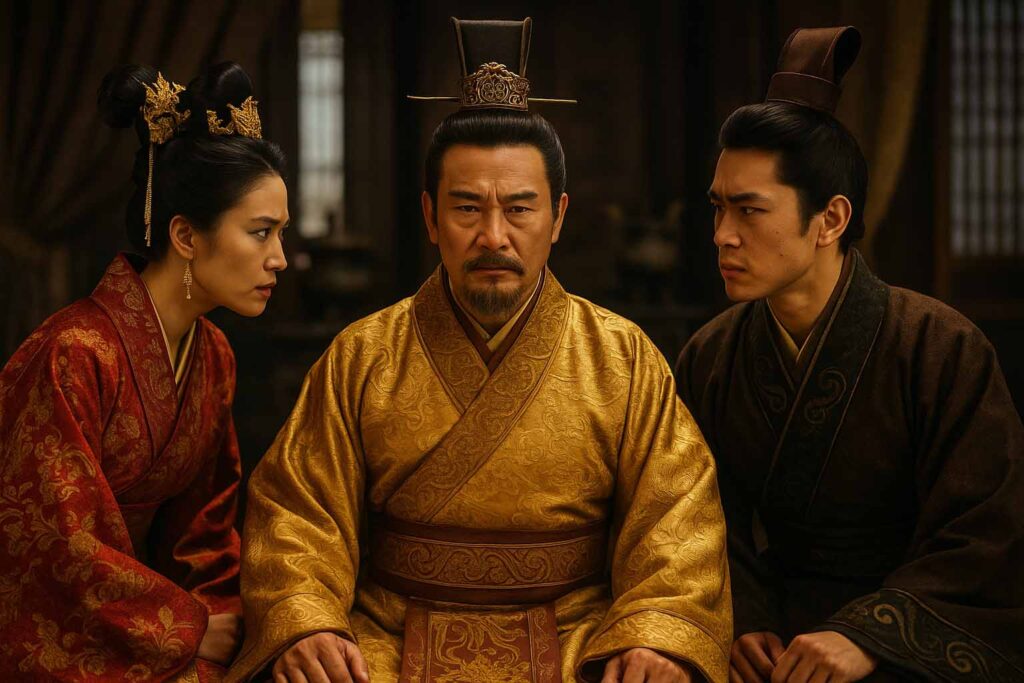
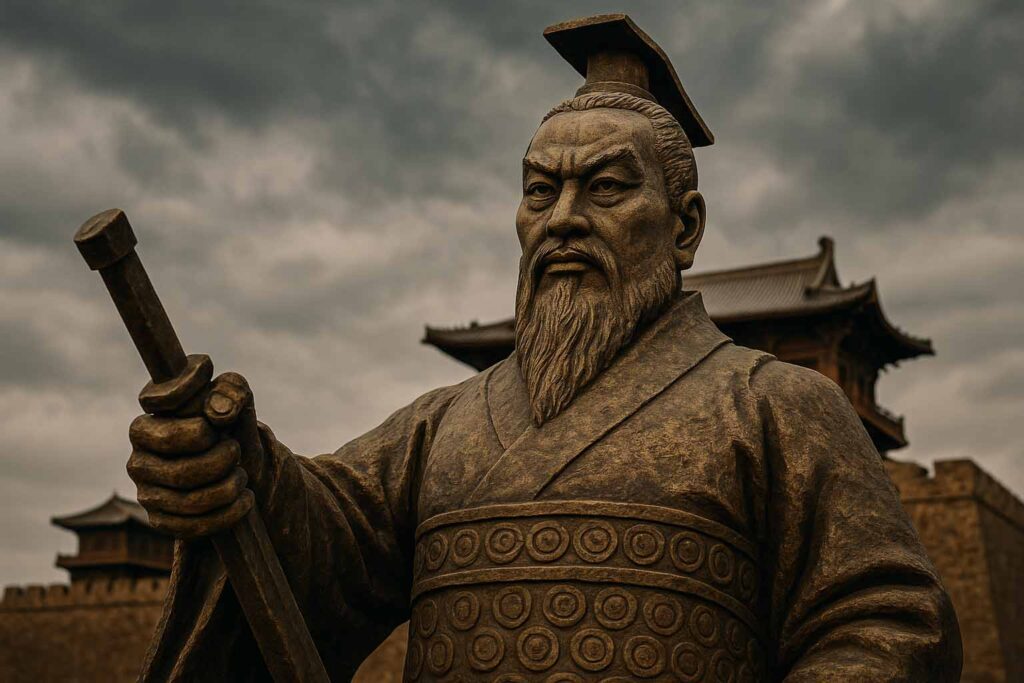
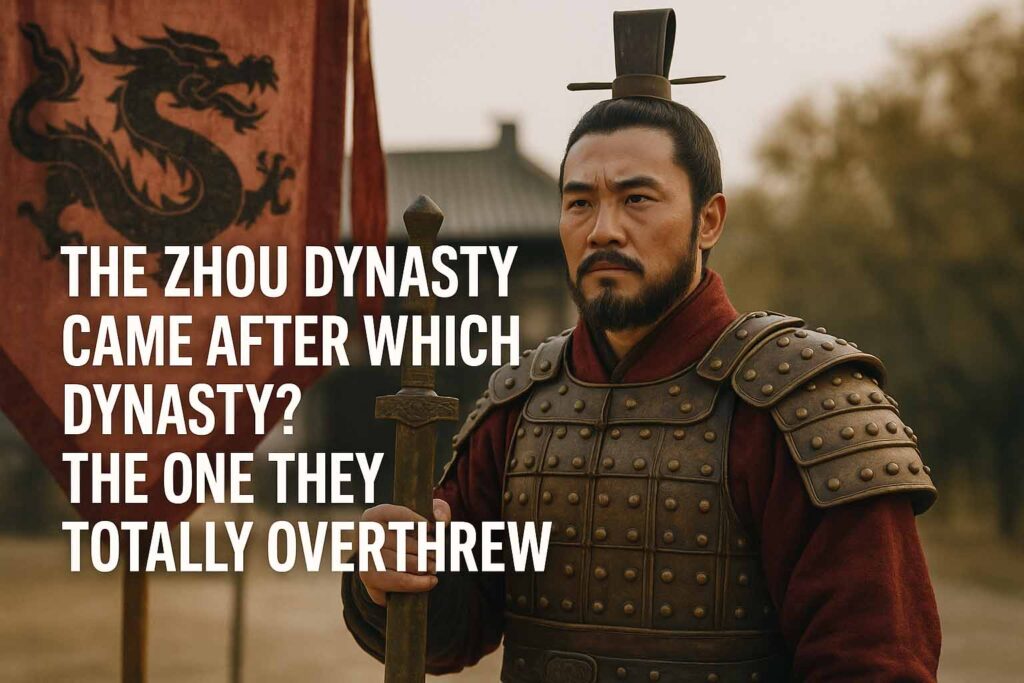
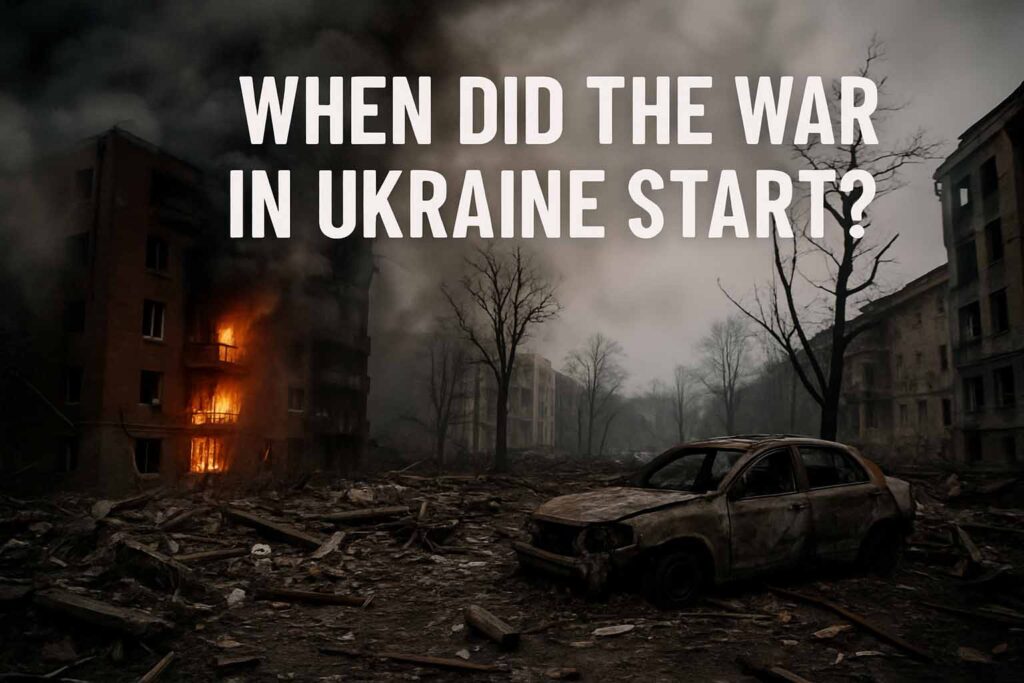
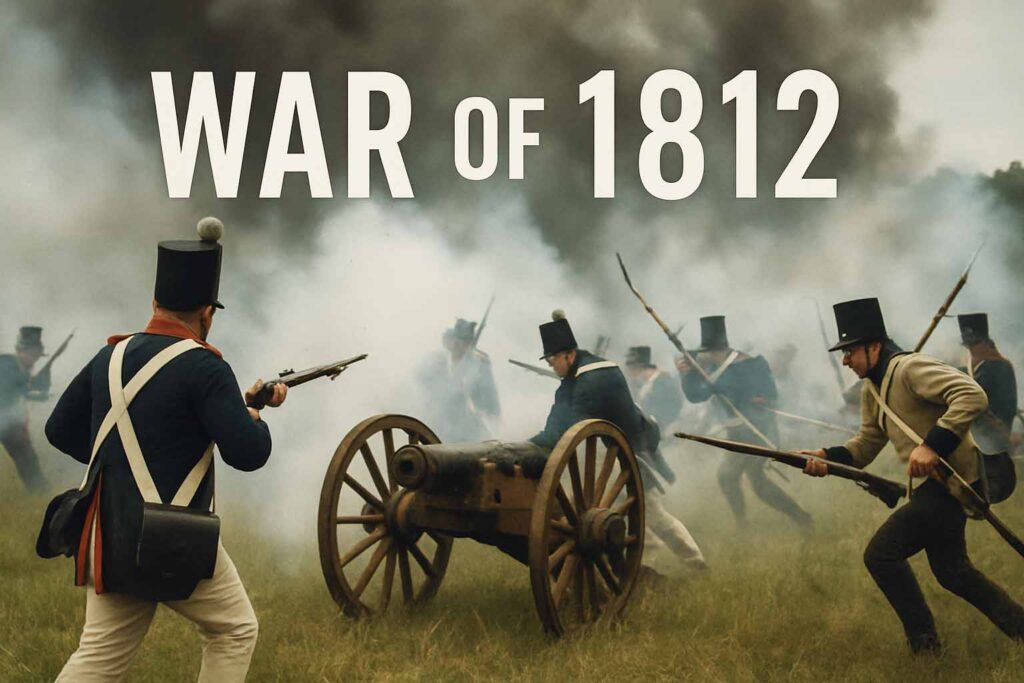
No comment yet, add your voice below!